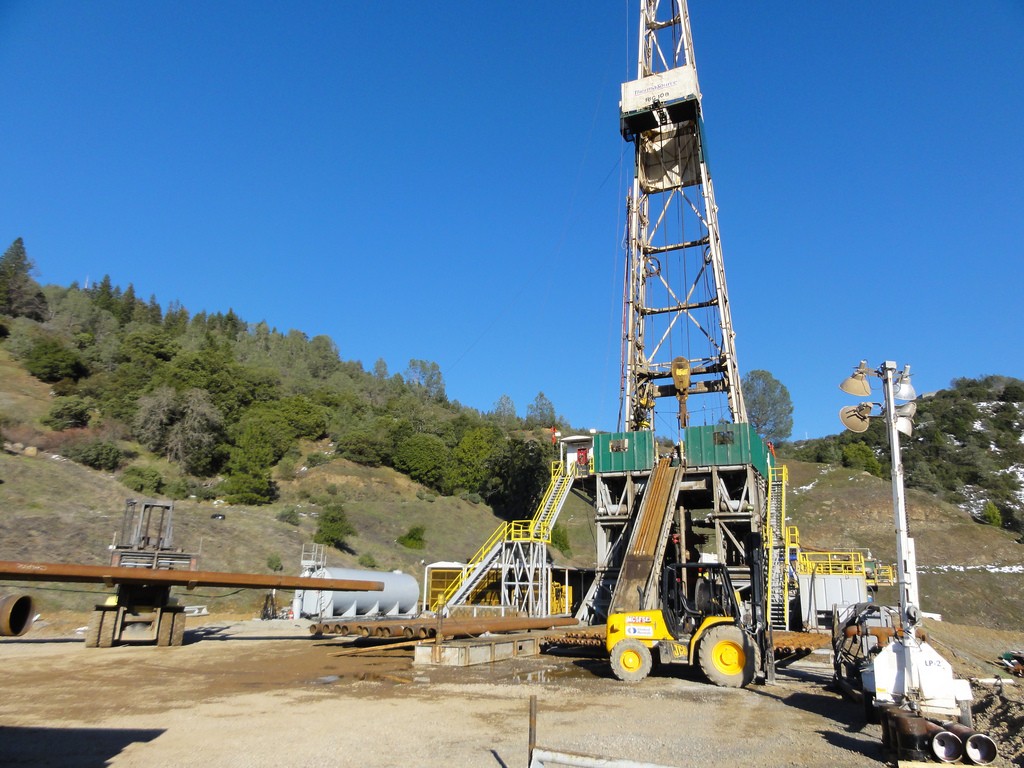Time to revisit a front-ended incentive program for geothermal in the U.S.?

From taking the risk, to drilling grants and feed-in-tariffs, a lot of ways to incentivise geothermal investment have been discussed. With renewed interest in geothermal, it should be time to revisit this front-end incentive program proposed in 2011 by John McIlveen of Jacobs Securities.
In 2011, John McIlveen of then Jacobs Securities and a board member of the Canadian Geothermal Energy Association (CanGEA) shared his recommendations for a geothermal incentive design. Published and presented at the 2011 GRC Annual Meeting, it entails not only a great reminder of why one needs more geothermal power, the challenges under existing incentives (in 2011) and how a tailor-made incentive program could help push geothermal.
Clearly in the current environment and a push for more geothermal development, last but not least due to the idle capacities in the oil and gas sector, it should be timely to revisit this fantastic concept.
In the article, he described how geothermal energy is unique and that “one size fits all” incentives clearly do not work.
“Once permitted and financed, solar and wind projects take nine months and one year to commissioning, respectively. Construction risk is generally mitigated by EPC contracts (unless the developer is larger and has in-house EPC capability). Wind and solar often deliver less MWs than site studies predict for (hence less cash flow), which is planned for by establishing a debt service reserve fund. Risk then, is controlled and understood. Preceding the construction stage, there are typically two years when securing land rights, permitting and MW capacity studies are completed. The cost of the pre-construction stage is hundreds of $thousands.
Once permitted and financed, geothermal projects take a minimum of two years to commissioning (the construction stage). This timing in itself is too long for many investors. The geothermal plant construction stage can be EPC contracted as in solar and wind farms. However, preceding construction are four years of securing rights, permits and MW capacity studies. This longer timeframe eliminates many more potential investors. The cost of the pre-construction stage is $millions rather than hundreds of $thousands for wind and solar. These higher costs eliminate still more potential investors.”
He then describes in detail how the financials look like for a sample project and how the ITC and related incentives impact project economics. How far some of those as well as the drilling grants and loan guarantees available then are still in existence at this point in the U.S. is naturally another story.
But he proposed a tailor-made geothermal incentive program that would scrap (the then) current subsidies for a “front ended program” with subsidies. With that – so his argument – one could spend less on the subsidies – yet with more impact for developers. The program “should not eliminate the risk, yet fill a funding gap.”
With subsidies of $17 million (for the sample 30 MW project), the developer could complete a gradient and slim hole program and prove one-third of the production wells, after which funding is easier to be obtained. So while such a subsidy program may not be attractive to established developers with the cash capacity to absorb the cost of dry wells, it would favour smaller developer and help push development. In 2011, at the time of writing this article, there were not enough established developers with the cash capacity to push the then 152 projects in planning in the U.S.
At the moment there continue to be only a handful serious geothermal developers in the U.S. that can fund a project let alone multiple projects. So to push development and engage the industry, we need an incentive program that helps development but also attracts companies in the oil & gas sector to invest in geothermal and put their expertise and know-how to work.
Summary (again this is based on the situation in 2011):
- Eliminate the current DOE drilling grants for conventional geothermal, guaranteed loans and tax credits (~$69 million per 30 MW site)
- Contribute a one-time grant (amount to be determined) to establish a drilling fund
- Establish a $567,000 per MW drilling subsidy to cover gradient-holes, slim-holes and production wells
- The subsidy does not have an expiration date and is structured to be self-funding after the initial one-time grant to establish the drilling fund
- Developer must fund all pre and non drilling expenses
- Disbursement to occur in stages as approved and certified by independent qualified persons
- Subsidies applied to abandoned sites are forgiven 8. Successful drilling subsidies are repaid including a return sufficient to recover the forgiven subsidies
John McIlveen sadly passed away in 2015. He was a fantastic advocate for geothermal and I am proud to have worked with him during my time with CanGEA. Within his his role with Jacob Securities and before he accompanied a lot of the Canadian players active in the U.S. geothermal market at the time. He had a great understanding of the financial challenges faced by the geothermal sector. He clearly would have enjoyed engaging on finding financial solutions for geothermal development in these exciting times for the geothermal sector.
To read the article, you can access it via the great Geothermal Library by the GRC: http://pubs.geothermal-library.org/lib/grc/1029206.pdf